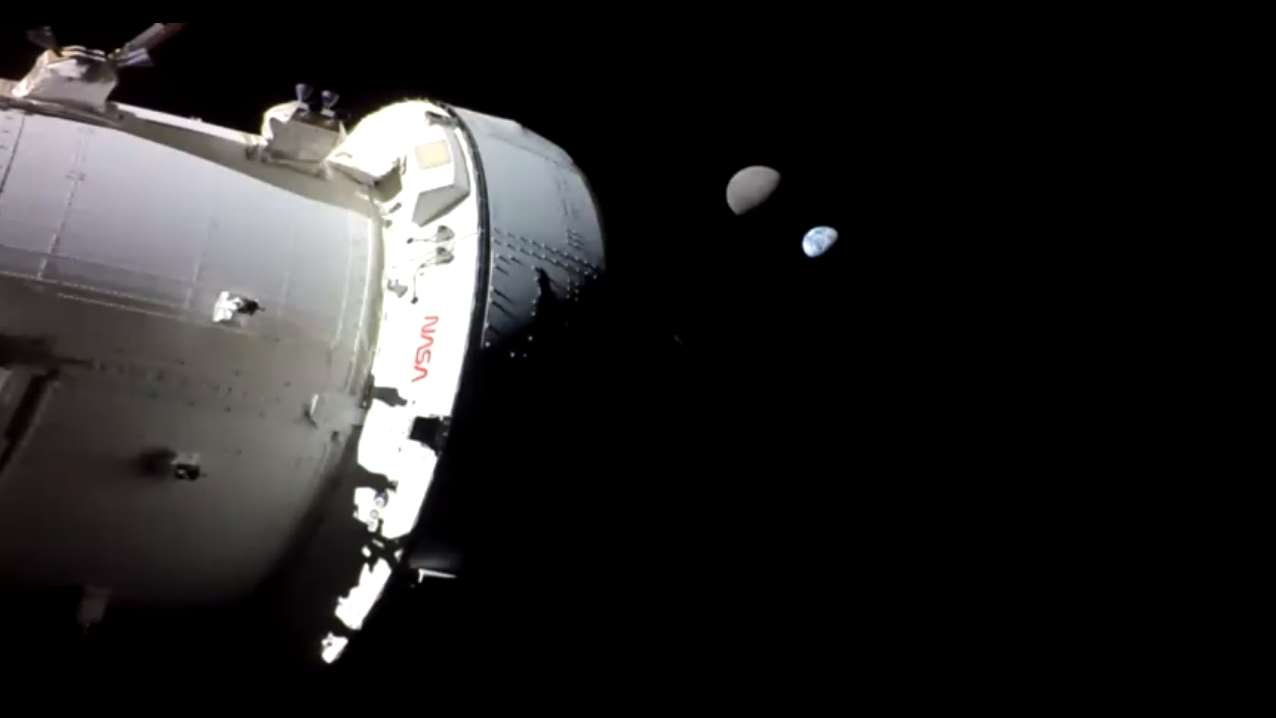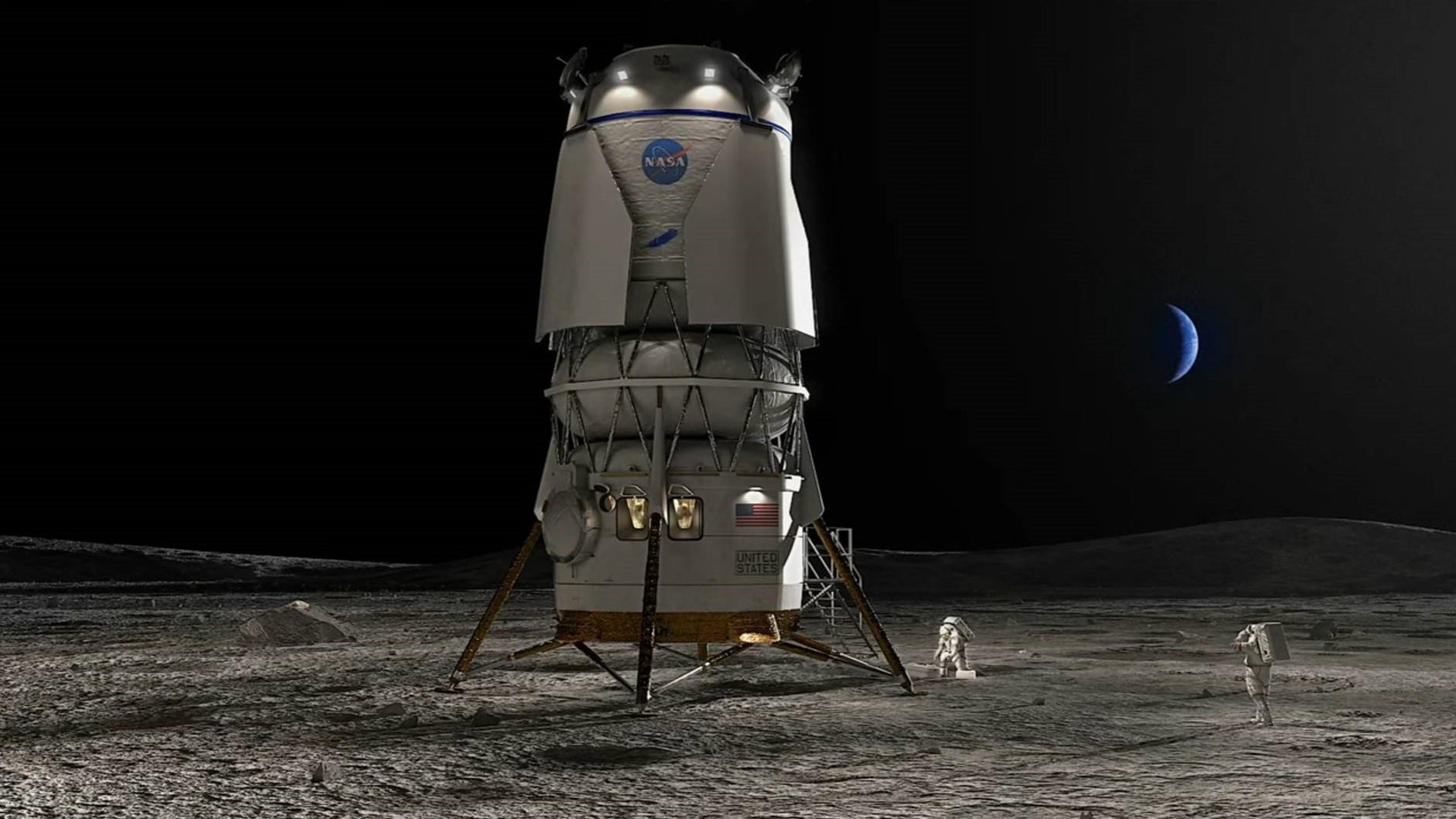Wow! Artemis 1 Orion spacecraft captures live view of Earth and moon from deep space (video)
There's an epic livestream running on the Artemis 1 moon mission, showcasing live views of the Orion spacecraft as it flies in a distant retrograde lunar orbit.
You can watch our planet and our moon glide by a real-life spacecraft in live footage.
NASA is streaming incredible video views from Artemis 1 right now courtesy of the Orion spacecraft, which is nearing 270,000 miles (435,000 kilometers) from Earth today (Nov. 28). Orion is flying in a distant retrograde lunar orbit, meaning it is far from the moon and orbiting opposite to the moon's path around the Earth.
You can follow live views of the moon mission in real time through this live feed from IBM, courtesy of NASA footage via the Orion cameras.
The epic views aren't only about space inspiration. The videos and photos from the mission will also inform future ventures of the Artemis program. NASA wants to make sure the spacecraft is ready to fly humans for future moon missions, with the two next in line expected to be Artemis 2 looping around the moon in 2024 or so, and Artemis 3 setting people upon the surface in 2025 or 2026.
In photos: Amazing views of NASA's Artemis 1 moon rocket debut

The new footage is the highest-definition live view from beyond the moon to date, although many Apollo program missions have broadcast from that region in the 1960s and 1970s.
Perhaps the most famous example was a Christmas Eve broadcast from Apollo 8 on Dec. 24, 1968, which showcased black-and-white footage of the moon as NASA astronauts Frank Borman, Jim Lovell and Bill Anders became the first humans to circle the moon.
Get the Space.com Newsletter
Breaking space news, the latest updates on rocket launches, skywatching events and more!
Numerous science spacecraft have captured Earth from even further afield, although those views were not broadcast live. An oft-cited example is the "pale blue dot" image (named after a quote from Carl Sagan) taken by NASA's Voyager 1 probe in 1990. Voyager 1 was above the plane of the solar system and beyond planet Neptune when it took the picture.
Orion is set to return to Earth on Dec. 11 with a splashdown off the coast of California, in the Pacific Ocean, assuming that all milestones continue to go to plan.
Elizabeth Howell is the co-author of "Why Am I Taller?" (ECW Press, 2022; with Canadian astronaut Dave Williams), a book about space medicine. Follow her on Twitter @howellspace. Follow us on Twitter @Spacedotcom or Facebook.
Join our Space Forums to keep talking space on the latest missions, night sky and more! And if you have a news tip, correction or comment, let us know at: community@space.com.

Elizabeth Howell (she/her), Ph.D., was a staff writer in the spaceflight channel between 2022 and 2024 specializing in Canadian space news. She was contributing writer for Space.com for 10 years from 2012 to 2024. Elizabeth's reporting includes multiple exclusives with the White House, leading world coverage about a lost-and-found space tomato on the International Space Station, witnessing five human spaceflight launches on two continents, flying parabolic, working inside a spacesuit, and participating in a simulated Mars mission. Her latest book, "Why Am I Taller?" (ECW Press, 2022) is co-written with astronaut Dave Williams.
